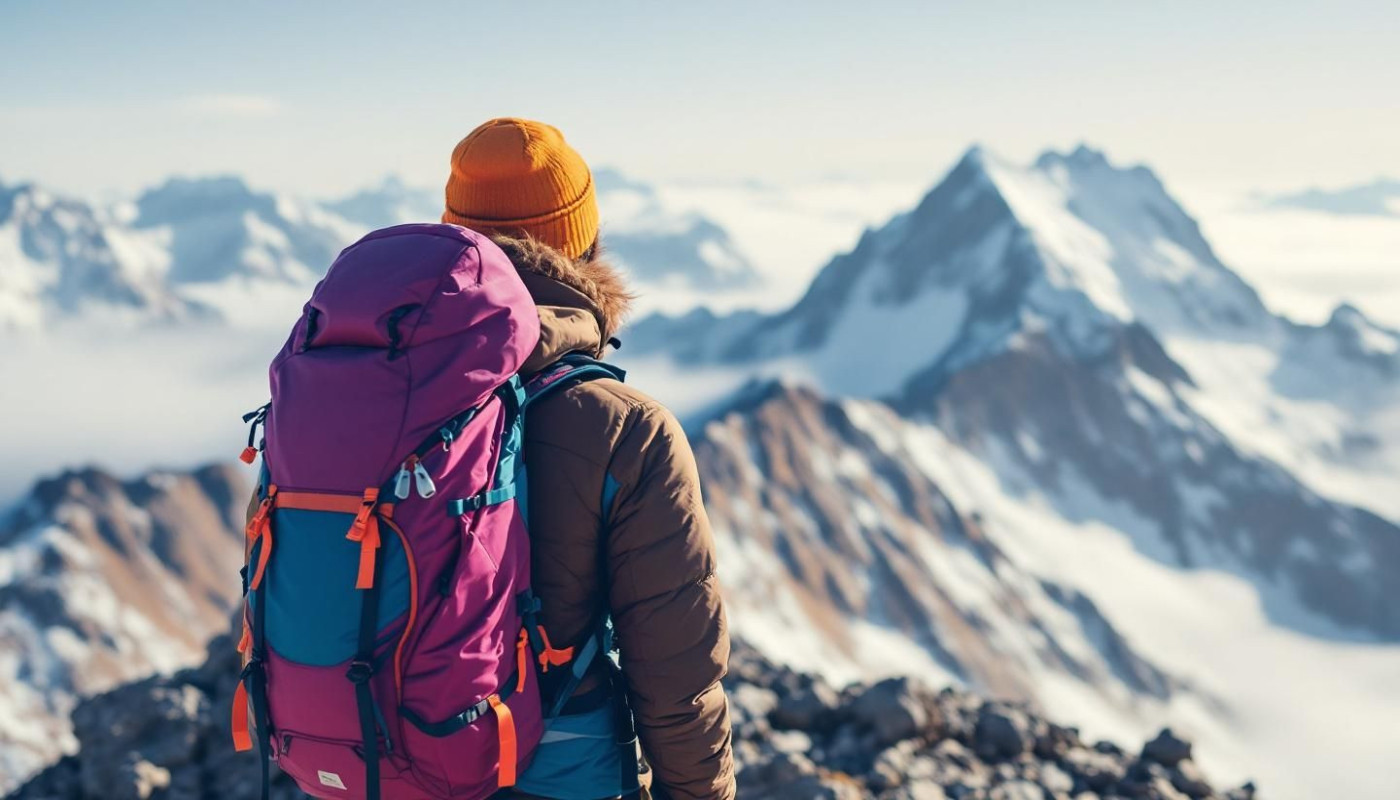Table of contents
Embarking on a mountain adventure is an exhilarating experience, but preparation is key to making the journey safe and memorable. The right gear selection can make all the difference in navigating unpredictable terrain and weather. Explore the following sections to learn how to make informed choices that will help elevate your next mountain expedition.
Understanding terrain and climate
Evaluating the unique characteristics of mountain terrain and local weather conditions forms the backbone of effective gear selection. Each mountain features its own blend of rocky outcrops, steep slopes, forested paths, or exposed ridgelines, which directly influences the type of hiking equipment and outdoor gear that will serve best. Recognize that even minor shifts in elevation or change in landscape can create a distinct microclimate, where temperature, wind, and precipitation can vary dramatically within short distances. This means that what works at the trailhead may be inadequate just a few hundred meters higher. Conducting thorough research on the route’s elevation profile and understanding prevailing weather patterns ensures that every item carried—from footwear and layering systems to navigation tools—aligns precisely with environmental demands. Prioritizing these assessments not only enhances comfort but significantly improves safety, resilience, and the overall quality of the mountain adventure.
Packing for safety and comfort
Balancing mountain safety and personal comfort begins with selecting the right backpacking gear and understanding the layering system. Proper clothing layers—base, insulating, and shell—allow for easy temperature regulation, moisture management, and protection from wind and precipitation, which is vital for wilderness safety. Lightweight, moisture-wicking materials keep the body dry, while insulating layers trap heat, and waterproof shells guard against the elements. When considering a backpack, ergonomic design and load distribution are fundamental. An adjustable harness system, padded hip belt, and sternum strap help distribute weight evenly across the hips and shoulders, minimizing fatigue on long treks and supporting comfort throughout the journey. First aid readiness is indispensable for any mountain excursion; a compact, accessible kit should include blister care, bandages, antiseptics, and any necessary personal medications. This careful selection ensures you stay prepared for emergencies without overburdening your pack. For those planning activities such as skiing in the Alps, options like rent ski in Verbier make it convenient to access specialized gear without carrying excess equipment, further enhancing both safety and comfort on your adventure.
Selecting the right footwear
Choosing appropriate mountain boots or hiking shoes significantly influences both performance and injury prevention across rugged terrain. Outdoor footwear equipped with robust ankle support helps stabilize joints during unpredictable movements, reducing the risk of sprains and strains on uneven trails. Materials such as full-grain leather or advanced synthetic blends enhance durability and offer varying degrees of waterproofing to keep feet dry through changing weather conditions. A podiatrist specializing in sports medicine for outdoor athletes often emphasizes the necessity of proper pronation control in footwear, which is vital for managing foot roll and minimizing overuse injuries during long hikes. Trail grip, provided by specialized sole patterns and rubber compounds, ensures secure footing on everything from slick rocks to loose gravel. Selecting shoes with these features boosts comfort while safeguarding foot health, making every mountain adventure safer and more enjoyable.
Choosing navigation and communication tools
Reliable navigation and communication tools are vital for mountain navigation and outdoor safety in challenging terrains. In remote areas where weather and visibility can quickly change, possessing multiple navigation options is wise. A topographic map paired with a compass forms the foundation for traditional wayfinding, allowing precise orientation even without electronic assistance. For those seeking advanced support, a GPS device offers real-time location tracking and route planning, but should always be complemented by non-electronic backups in case of battery failure or signal loss. Communication tools such as two-way radios provide dependable contact with group members or emergency services, especially when mobile networks are unavailable. Selecting and mastering the right combination of these tools ensures preparedness, minimizes risk, and enhances the mountain experience by delivering confidence in navigation and the ability to summon help if needed.
Adapting to changing conditions
Adaptive gear selection is a core element of mountain preparedness, as weather changes and unpredictable trail conditions are common in alpine environments. Modular gear, such as layered clothing systems and equipment designed for multiple uses, allows for rapid adaptation if temperatures drop or precipitation increases unexpectedly. Experienced mountain rescue team leaders emphasize contingency planning, which includes packing emergency shelter like lightweight bivy sacks or compact tents that can be deployed quickly in a storm. Quick-dry clothing is recommended to maintain body temperature and comfort, minimizing risks associated with wet and cold exposure. Opting for adaptive gear and practicing thoughtful contingency planning ensures greater safety and flexibility, enabling adventurers to respond effectively to challenges during mountain excursions.
Similar articles







